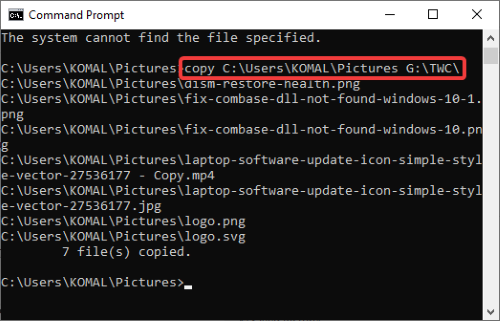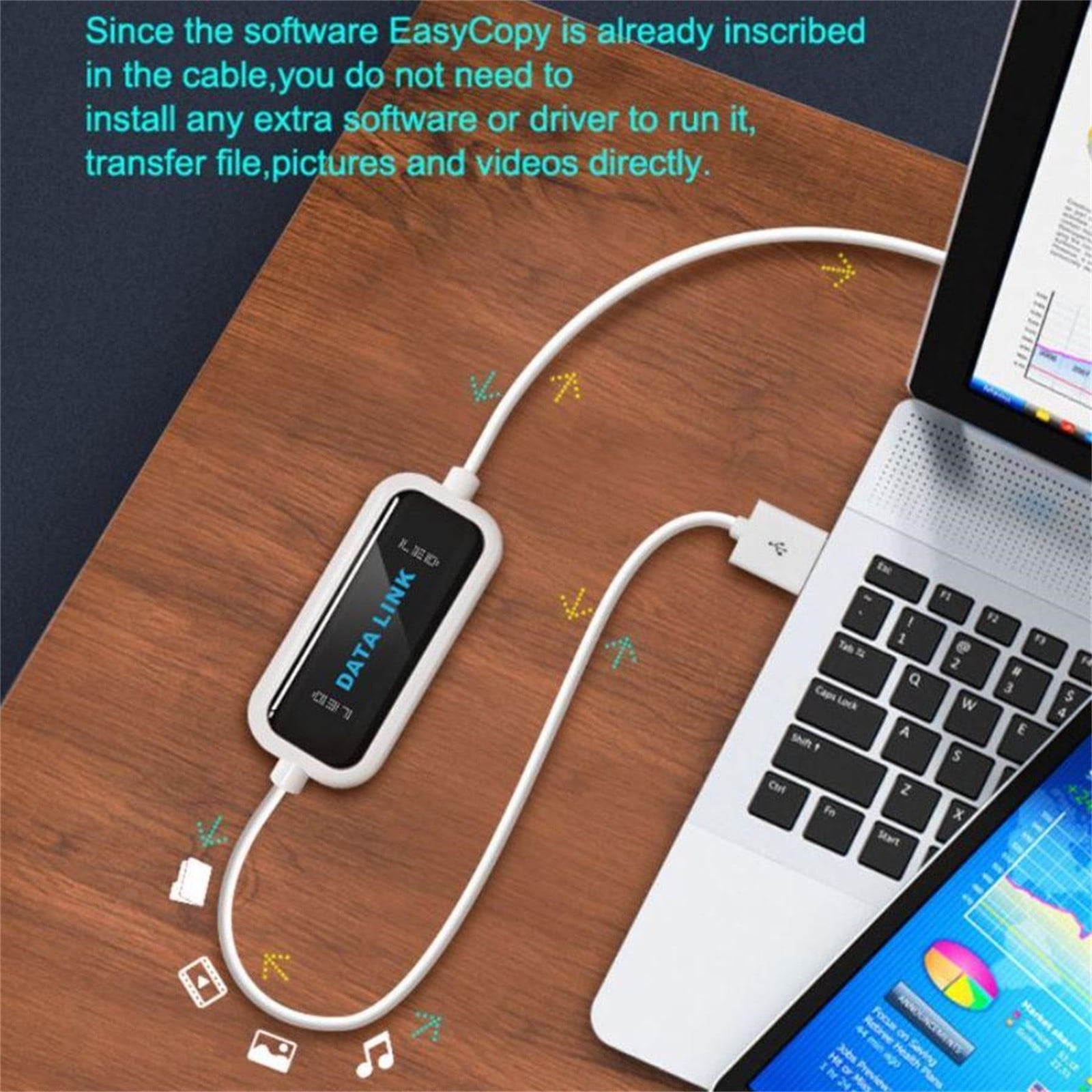
- #Testdisk copy files to another drive how to
- #Testdisk copy files to another drive install
- #Testdisk copy files to another drive archive
- #Testdisk copy files to another drive software
- #Testdisk copy files to another drive download
I’d like to format the destination SD card with a filesystem capable of holding the desired data types (FAT32 can only store files up to 4GB), move the files to their new destination, and switch to the next SD card.
#Testdisk copy files to another drive archive
A Not-So-Unusual CaseĬonsider the following scenario, in which I would like to archive my photos and videos to different SD cards and delete them from my main hard disk to free up some disk space. For my experiments, I built testdisk and photorec version 6.13 (WIP) with ReiserFS and NTFS-3G support.
#Testdisk copy files to another drive download
You can also download precompiled and statically linked versions for 32- and 64-bit Linux from the TestDisk website. If you want to run testdisk from a very small rescue system, which might not contain all of the filesystem access libraries, you can build a statically linked version using make static instead of make. Which is handled in the scripts used to build the packages of various distributions.

#Testdisk copy files to another drive install
It is a good idea to install the corresponding development libraries and include files for as many of the supported filesystems as possible.The build procedure is the standard: wget. With the needed libraries and include files present at build time,TestDisk can read some filesystems – and even filesystem fragments – directly. Ntfs-dev (or better, ntfs-3g-dev since testdisk version 6.12) The TestDisk wiki lists the following as requirements, although some are optional features: This slow uptake on distro packages might be related to the fact that some of the dependencies for building with the new features are also missing in Debian (one of these dependencies is libreiserfs). Unfortunately,the latest TestDisk version available as an official package in Debian is 6.11. The GPL-licensed TestDisk and PhotoRec also are available as packages inmost current GNU/Linux distros. The current stable version (as of this writing) is 6.12 with NTFS-3G and ReiserFS support, but I’m using the development version 6.13 for my tests, because it has enhanced features, such as improved recovery of video/multimedia files and support for listing NTFS Alternate Data Streams. TestDisk and PhotoRecĬhristophe Grenier initially wrote TestDisk as a partition repair tool under DOS, which explains the DOS-like command-line syntax, with /flag options instead of the Unix-typical -longflag or -shortflag syntax.
#Testdisk copy files to another drive how to
In this article, I show you how to bring back lost partitions and files with TestDisk. I have to admit that I have also underestimated TestDisk and PhotoRec for a long time, and only recently have I discovered some advanced features that are not all available in the current Debian and Ubuntu TestDisk packages.

If you dig a little deeper and read the TestDisk wiki pages,you will soon realize that TestDisk and its colleague PhotoRec are much more than ordinary recovery tools: Together, they are one of the best choices for rescuing data from partly damaged or overwritten filesystems, and they incorporate some of the best features from other data rescue tools, such as the well-known foremost.
#Testdisk copy files to another drive software
The important ability to restore damaged files is the reason why TestDisk has been part of the Knoppix base software collection for a long time. To keep things neat, it’s best to create a directory for restored files.TestDisk is a name you might associate with a disk performance measuring tool, but Linux experts who specialize in data recovery know that TestDisk is a tool that can restore damaged or overwritten partition tables. You use the arrow keys to navigate and Enter to make a selection. On Manjaro, you have to use pacman: sudo pacman -Sy testdiskĪlthough it runs in a terminal window, testdisk does have a rudimentary interface. On Fedora, you need to type: sudo dnf install testdisk


To install testdisk on Ubuntu, use this command: sudo apt-get install testdisk RELATED: Everything You Ever Wanted to Know About inodes on Linux Installing testdisk It’s easy to use and doesn’t require detailed, low-level knowledge of the filesystem. Plus, if it’s a file you just created, it likely hasn’t yet been backed up, so those won’t help you, either. You don’t have time to get down and dirty with sector editors and other utilities. It’s always when you need that file, and you need it now. Usually, when you delete a file by mistake, it’s at the worst possible moment.


 0 kommentar(er)
0 kommentar(er)
